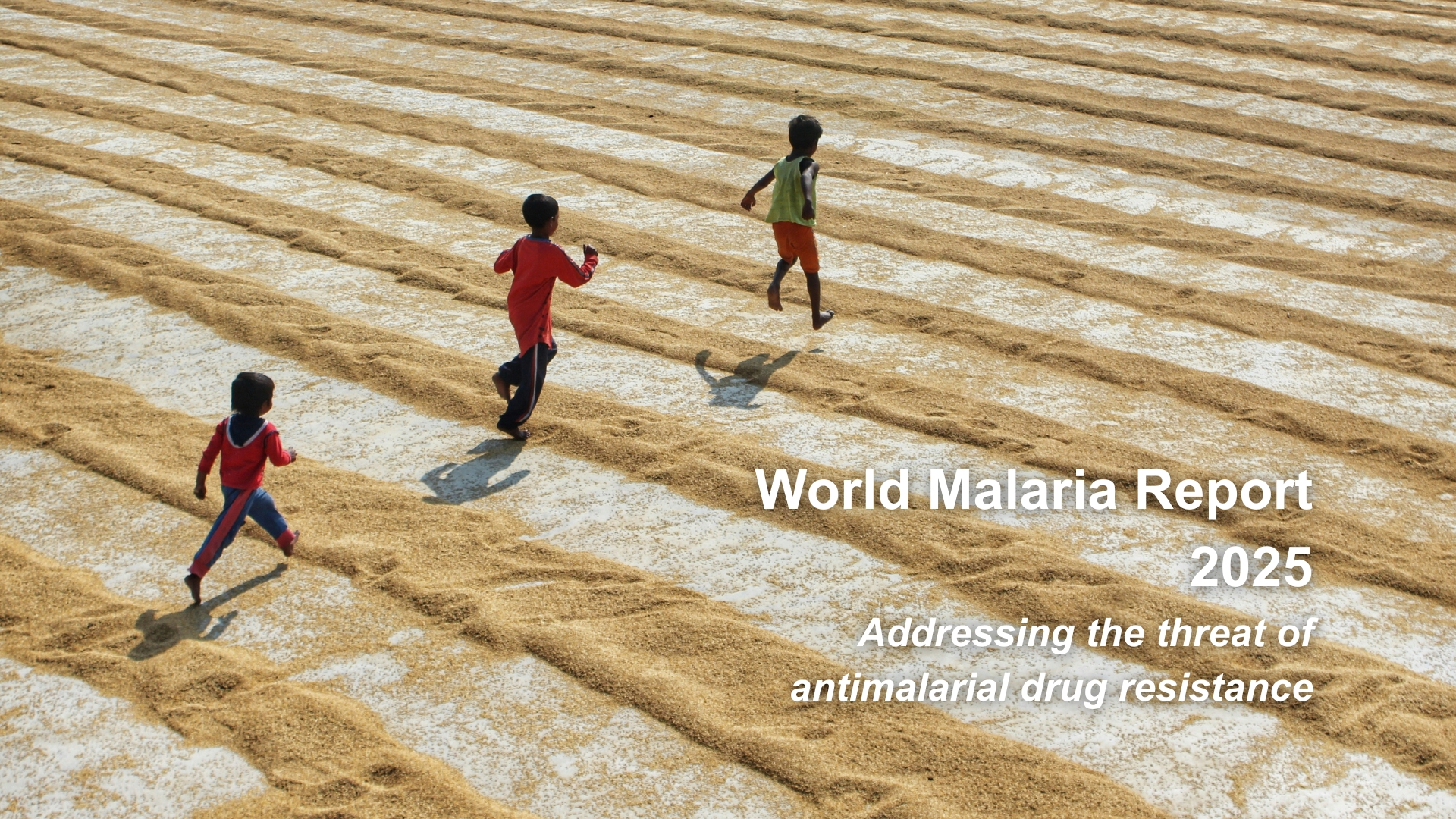
Climate Change: A Threat to Malaria Elimination
Climate change is one of the most pressing challenges the world and the global health community is facing. The recent landmark study by the UN's Intergovernmental Panel on Climate Change (IPCC) warns of increasingly extreme heatwaves, droughts and flooding, and a key temperature limit being broken in just over a decade. These shifting weather patterns not only affect the migration of people, plants, animals, and insects; they are also inextricably linked to disease behaviour.
The relationship between climate change and vector borne diseases (VBDs) or mosquito-borne diseases like malaria, dengue and zika is complex. While research about the relationship between malaria and climate change is limited, in many parts of Asia Pacific, increasing temperatures, rainfall, and humidity create an ideal habitat for disease-carrying mosquitoes.
These changes alter the transmission and increase the risk of VBDs, including malaria. Malaria progress and programs already face many challenges, including COVID-19. Climate change threatens progress in Asia Pacific, malaria control and elimination efforts even further. A quantitative assessment by the World Health Organization (WHO) estimated climate change could cause up to 60,000 malaria deaths globally between 2030 and 2050.
Climate change will have direct and indirect impacts on malaria and other VBDs epidemiology, the population’s health, and the ability of countries with fragile health systems to cope with any increasing burden of disease, be it malaria or any other VBD.
Our thematic brief in partnership with Malaria Consortium and TDR For research on diseases of poverty, explores the relationship between climate change and malaria, and VBDs more broadly.
Climate Change: A Threat to Malaria Elimination
Is Asia Pacific Prepared?
August 2021
Download Thematic Brief

.svg)


.jpg)






